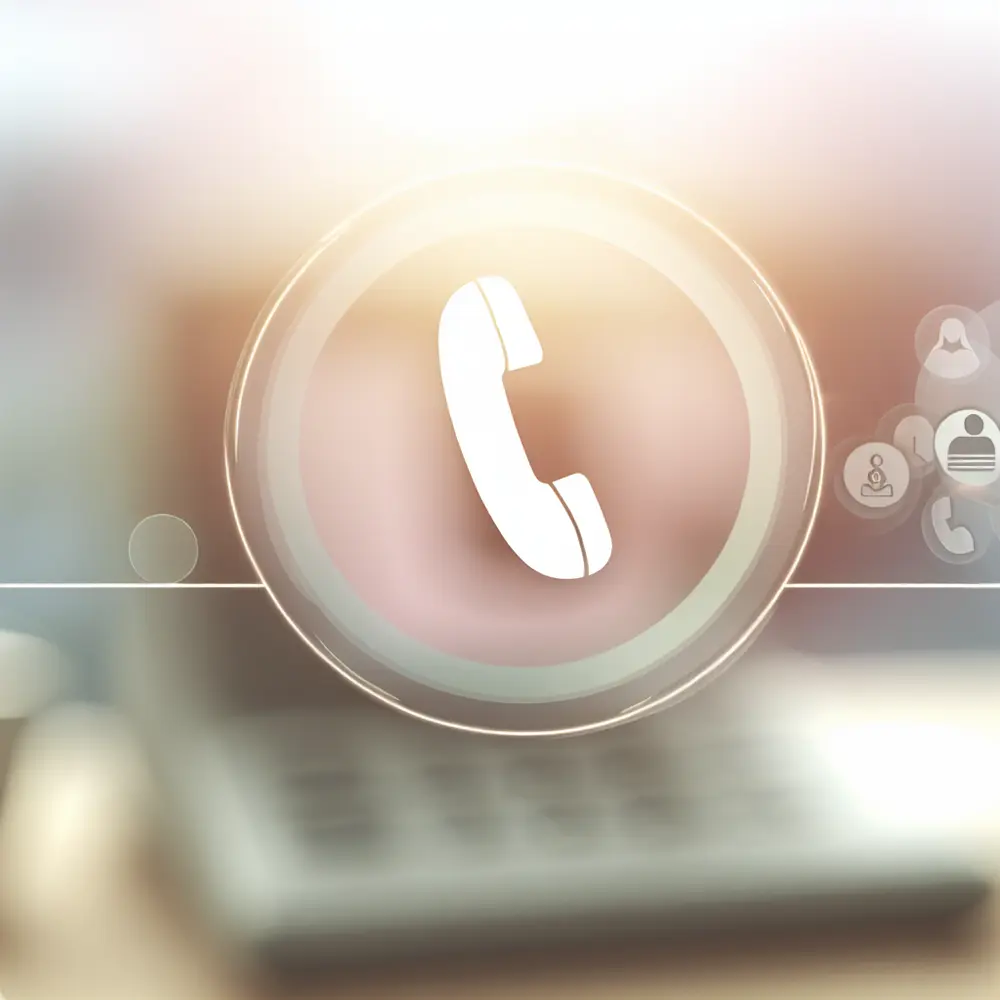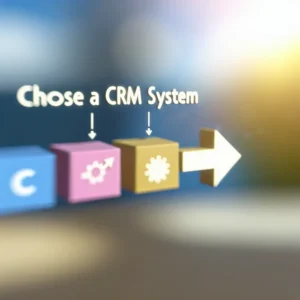In today’s competitive market, understanding customer communication channels is vital for success. Businesses often struggle to keep up with the rapid pace of change in consumer expectations. As a result, many face challenges in providing timely, personalized, and effective communication. Traditional methods such as phone calls no longer suffice in meeting the demands of modern consumers.
Customers now anticipate seamless interactions across multiple platforms, leading to frustration when those needs are unmet. With the explosion of social media, instant messaging, and chatbots, businesses must adapt to these new communication trends. Failure to leverage modern channels can lead to lost opportunities and decreased customer loyalty.
Investing in an omnichannel service platform can be a game-changer. Companies can streamline communication and enhance customer satisfaction by integrating various channels. This strategic shift not only addresses contemporary challenges but also positions businesses well for future growth and success.
Modern Customer Communication Channels
Understanding modern customer communication channels means recognizing the profound evolution in business interactions with customers. You must leverage various platforms to enhance experiences. This transformation stems from the increasing demand for personalized, efficient, and immediate communication methods.
Companies like the Transportadora Prime have adopted multiple channels, including social media, email, chatbots, and SMS, to connect effectively with clients. Their initiative resulted in a 25% increase in customer satisfaction rates within six months, showcasing the effectiveness of multi-channel strategies.
Adopting an omnichannel approach is no longer optional; it has become vital for staying relevant. For instance, Clínica Vitalis integrated their website and mobile app to provide a seamless customer experience, leading to a 30% increase in patient engagement and a 20% rise in appointment bookings.
Using advanced analytics and customer data is crucial in this realm. By analyzing customer behavior across channels, you can tailor your engagement strategies. For example, a retail company, Loja Online DaJu, utilized data analytics to personalize their email campaigns, resulting in a 15% increase in open rates and a 20% improvement in sales conversions.
The ongoing evolution of communication channels necessitates continual adaptation and innovation in your business strategy. With the right tools, such as an omnichannel service platform, you can effectively navigate this landscape, ensuring competitive advantage in an ever-changing marketplace.
The Evolution of Customer Communication
The landscape of customer communication has drastically transformed. The days when phone calls were the primary means of engaging with customers are long gone. You must capitalize on modern communication channels to effectively reach your clients.
As demonstrated by a recent study from the Brazilian Internet Steering Committee (CGI.br), 76% of customers prefer using instant messaging apps for customer service interactions. This trend underlines the critical need to adopt modern customer communication strategies.
For example, a fictional company, Agência Digital Bright, expanded its communication strategy by incorporating live chat and social media platforms. They reported a 40% decrease in response times and a 15% boost in customer satisfaction after introducing these channels.
Moreover, embracing asynchronous communication methods, such as messaging Apps, allows customers to engage at their own pace. A hospitality company, Hotel Solaris, noted a 25% reduction in burnout among staff by utilizing chatbots for general inquiries, leading to improved employee morale and service quality.
Investing in an omnichannel service platform is essential for enhancing communication efficacy. Streamlining interactions across various channels allows for a unified experience that meets modern customer demands. By adopting this integrated approach, you cultivate better relationships with clients.
Exploring Key Modern Customer Communication Channels
Modern customer communication channels continue to revolutionize business-client interactions. You can significantly enhance your customer experience by leveraging these emerging channels effectively.
Messaging apps, including WhatsApp and Facebook Messenger, have risen in prominence, enabling real-time conversations with customers. A well-known example, Transportadora Andrade, embraced these platforms, achieving a 25% reduction in operational delays and an impressive 30% increase in customer engagement.
Social media also plays a critical role in customer interactions. By directly engaging with their audience on platforms like Twitter and Instagram, brands meet customer expectations for immediate responses. This approach builds trust and loyalty within their consumer base.
Email marketing remains a cornerstone of communication for many businesses. For instance, a retail chain, Moda Chic, streamlined their email campaigns using advanced segmentation strategies, resulting in a 20% increase in conversion rates and a 15% boost in overall sales.
The integration of chatbots within modern customer communication channels allows companies to provide real-time support. By deploying AI-driven solutions, organizations can streamline responses, leading to a 30% decrease in customer wait times, significantly enhancing overall customer satisfaction.
Trends Shaping the Future of Customer Communication
Understanding the trends shaping customer communication is crucial for staying competitive. The rise of omnichannel communication has emerged as a significant trend, ensuring a seamless customer experience across various platforms.
Research indicates that 87% of consumers prefer businesses that maintain consistent messaging across all channels (Finds). Your ability to adapt to this need can directly impact customer satisfaction and loyalty.
A fictional company, Empório Verde, embraced omnichannel support, leading to a 35% increase in cross-channel interaction satisfaction within just three months. Customers appreciated being able to contact the company through their preferred methods.
AI advancements are rapidly transforming customer communication methods. Brands that leverage AI tools like chatbots experience a significant boost in operational efficiency, allowing human agents to focus on complex issues that demand a personal touch. A recent case study reported a 40% efficiency increase in customer service operations through AI integration.
Personalization remains a vital trend, with companies utilizing data analytics to better understand consumer preferences. By harnessing insights gleaned from customer interactions, brands can craft tailored messaging that resonates, ultimately enhancing loyalty.
Strategic Approaches for Implementing Modern Customer Communication Channels
Implementing modern customer communication strategies requires a thoughtful approach. You must assess the various channels available to enhance the customer experience while aligning with contemporary trends.
Understanding the evolution of customer communication is key. The shift from voice interactions to digital platforms signifies a need for immediate, efficient responses across channels, such as social media and chat. By integrating an omnichannel service platform, you ensure seamless transitions for customers.
A case in point is a tech company, Innovatech, which prioritized omnichannel support. They experienced a remarkable 45% increase in customer retention rates after enhancing their communication channels to retain customer context.
Another important aspect is leveraging data analytics in your strategy. By analyzing customer interactions, you can refine your messaging and tailor your communication approach based on audience preferences, creating a more personalized experience that fosters loyalty.
Training and empowering your customer service teams to effectively utilize advanced communication tools is essential. Companies that prioritize staff training report a 20% improvement in response efficiency, leading to higher customer satisfaction rates and happier employees.
The Importance of Adapting to Customer Preferences: A Competitive Advantage
Adapting to modern customer communication channels strengthens your position in the competitive landscape. Customers increasingly favor live chats, social media, and messaging apps, leading to improved engagement and loyalty.
For instance, Empresa Ecológica adopted a comprehensive communication strategy, observing a 30% increase in customer inquiries resolved through preferred channels. This adaptability results in happier customers who value timely resolutions.
Furthermore, leveraging an omnichannel service platform helps centralize interactions, allowing for personalized service. By analyzing gathered data, organizations can identify patterns and preferences, ensuring targeted communication.
Embracing modern communication is an investment in the future. Companies that recognize flexibility and adaptability are poised for success as customer expectations continue to rise. By diversifying communication methods, you enhance customer interactions, building stronger relationships.
Measuring the Success of Your Communication Strategies
Assessing the effectiveness of your customer communication channels is essential for business growth. You need to implement metrics that provide measurable outcomes for your communication strategies.
Identifying relevant KPIs such as customer satisfaction scores, response times, and engagement rates offers valuable insights. For example, a software company, Tech Solutions, tracked their customer satisfaction scores, which improved by 25% after adopting modern communication channels.
Additionally, gathering customer feedback is crucial. Implementing surveys and feedback mechanisms deepens your understanding of customer preferences. These tools help businesses align their communication approaches with customer expectations.
Another vital metric is conversion rates for inquiries originating from various communication channels. Tracking how well these interactions convert into sales sheds light on your strategies’ effectiveness, guiding future adjustments.
Lastly, benchmarking against industry standards provides context. Establishing a framework for comparison keeps your strategies competitive. Monitoring KPIs across similar businesses gives insight into your performance and areas for improvement.
Conclusion: Embracing the Future of Customer Communication
The evolution of modern customer communication channels represents a fundamental shift that businesses must embrace. Relying solely on traditional methods like phone calls limits potential engagement and responsiveness.
Incorporating multiple channels such as chatbots, social media, and instant messaging enhances the customer experience while fostering brand loyalty. Companies that recognize ongoing trends in customer expectations will see increased engagement and customer retention.
Furthermore, leveraging technologies like artificial intelligence will streamline customer interactions, allowing for proactive responses to needs. Embracing cutting-edge solutions positions your business well for future growth and adaptability.
In conclusion, adapting to modern customer communication channels means committing to continuous evolution. Prioritizing the integration of advanced communication tools is essential for building an effective customer experience strategy. Business owners and CX managers should actively explore these modern channels to ensure they remain relevant in an ever-changing marketplace. For more information, visit Nexloo.









